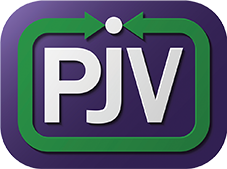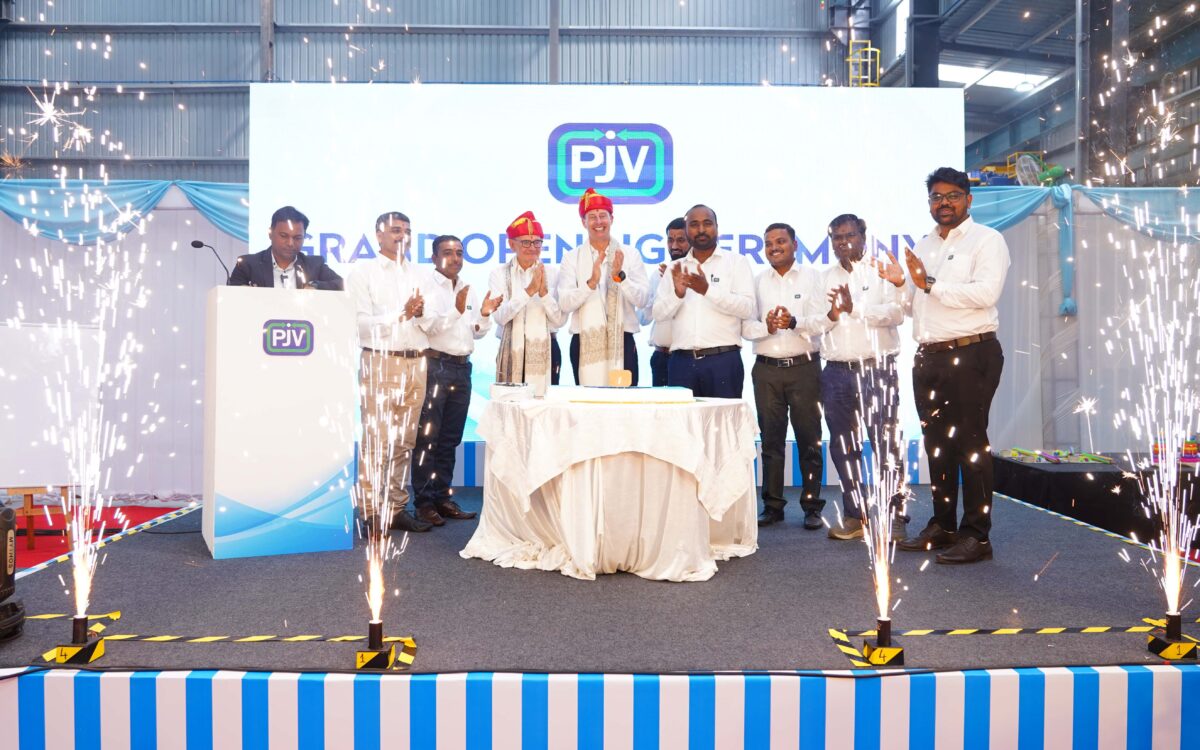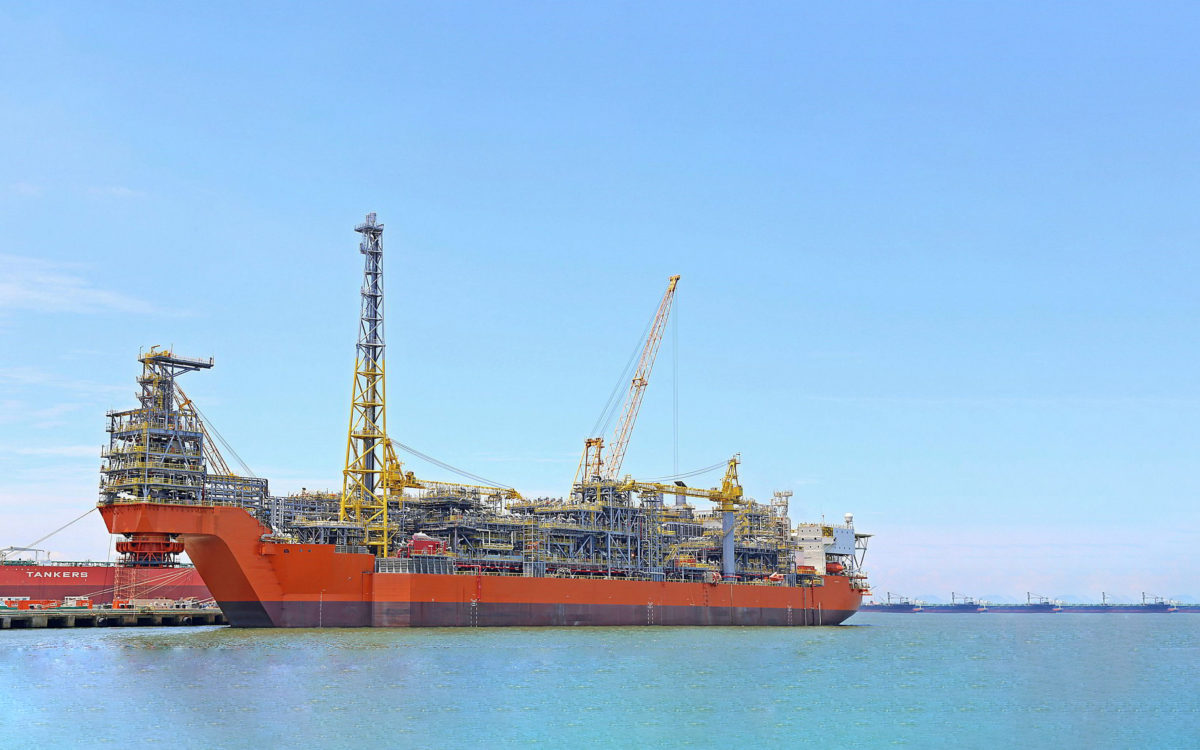Sixty-seven. That’s how many new FPSOs will come online worldwide, according to an October 2019 report[1]. That averages out to roughly 13 per year – more than double the six new FPSO orders made worldwide in 2017[2]. South America seems to account for the lion’s share with 27 projects, but growth is evident worldwide, making the rapid growth of the FPSO market a truly global phenomenon.
Cause for cheer? Absolutely, but such rapid growth won’t come without challenges. Operators and contractors will need to change in various ways in order to deliver on the sector’s promise, not least in how they approach supply chain relationships. Fortunately, there are signs of new types of customer-supplier relationships emerging in the oil and gas industry – new ways of working that can be mutually beneficial and may well buoy the growing FPSO sector.
Growing pains
FPSO market growth and increasing pressures go hand-in-hand: accelerating growth exacerbates pressures and creates new ones, and some pressures in turn are drivers for that growth itself. Though hydrocarbon extraction and use is still on a growth trajectory for the near-medium term, all but the most blinkered industry observers realise that the future will be a far more sustainable one. Perhaps, sensing that, governments are keen to maximise their natural resources while they still can, bringing forward projects that might have otherwise been planned for later out.
Whether that’s the case or not, this acceleration comes with its own set of growing pains. For starters, the entire oil and gas industry is still feeling the after-effects of the downturn. Though oil prices have recovered and seem relatively stable, that tumultuous period saw a swathe of engineering talent, experience and expertise exit the industry that isn’t coming back. In a stable oil and gas sector that would be a constraint, in a growing one that shortage becomes even more acute.
This has forced the industry to become smarter at using the talent it does have. In effect, that means that operators and contractors have scaled back on across-the-board in-house expertise, focusing its efforts and resources on the biggest ticket items. Engineering expertise for smaller or more niche project aspects has coalesced in specialist consultants and suppliers. However, there is still only so much to go around.
FPSO project backers are also finding it more difficult to secure investment from the banking sector. Dutch shipbuilder SBM Offshore has recently completed financing to the tune of $1.14billion to finance a new vessel to serve Exxon’s Liza field off Guyana, but not all such endeavours are so successful[3]. Banks are generally proving more cautious, perhaps having been stung during the downturn. The FPSO sector is having to adapt.
The cumulative effect is one of pressure: competition to gain access to the best engineering knowledge, competition for a diminishing pool of enthusiastic capital and, of course, racing to condense time to first oil in order to provide greater returns, sooner.
Leaning on the supply chain
There is growing awareness throughout the sector though, that getting the right suppliers – and crucially the right supplier relationships – are key to alleviating the pressure.
Traditionally, the relationship between the contractor and the supplier has been transactional – at times, even adversarial. For one party to take an inch, the other would have to give one too: a zero-sum game born of relying on unsophisticated procurement processes with narrow parameters.
This is unhelpful. This relationship may deliver commodity products for the lowest price, but it is not a vector through which to tap into the full value and expertise a supplier can offer. At a basic level, this could involve working collaboratively to hone a specification, rather than unquestioningly price and fill it. In our niche of valves, many operators and contractors lack dedicated in-house engineering expertise (understandably). On a recent project, we were given a scope with 2,720 different valves types. Working together and leaning on our experience, that became 650 – a 76% reduction leading to engineering, fabrication and operations savings counted in the millions.
Taking this type of relationship further – to something approaching real partnership – there are more benefits. If a supplier is assured of long-term collaboration rather than short-term order fulfilment, they are better able and incentivised to develop bespoke offerings (which are then repeatable for future projects), flexible contract terms or even to innovate and develop new products according to the end-customer’s need.
Then there are benefits that don’t fit neatly within the expected parameters of the supplier relationship. For example, as a valve manufacturer and supplier, few customers would think of us when considering the financial aspect of their projects. However, as a British head quartered company, our buyers can access favourable credit terms through UK Export Finance (UKEF).
Valves may not be the most expensive aspect of a project, but if such a partnership model is followed it can lead to real, long term improvements to the cost of managing FPSOs. An example is how long-term partnership creates much better conditions for us to help our clients optimise their assets process performance through big data style information analysis.
Unblocking partnerships
Of course, building partnerships isn’t always straightforward. A partnership relies on trust in a way that a straightforwardly transactional relationship doesn’t. In a simple buyer-seller scenario, the buyer need only trust the seller will deliver what they say, when they say it (not itself always guaranteed). In a partnership, where each party is asked to stake greater time and resources with the expectation of future pay-off, the trust requirement is greater. The customer must trust the supplier won’t jump ship with all the accumulated knowledge working in close collaboration for it then to benefit a competitor. The supplier must trust that the resources it invests have a good likelihood of translating into future orders. The trick is to find mechanisms of reassurance for the customer that aren’t punitive for the supplier.
Equally, the higher the stakes, the harder it is to form a partnership based on trust alone. A track record of prior success is important too – both to validate the individual supplier and the overall approach.
Valves can be a perfect place to trial a partnership model. Not only do they usually make up a relatively low proportion of project spend, they are a component that traditionally receives too little attention and can too easily become a block to the entire project. In this sense, there is relatively a lot to gain versus less to lose.
As the FPSO market enters top gear and pressure increases, operators and contractors both will need to find new ways of working to stay on top. As they take stock of their assets and allies in doing so, looking at the supply chain with fresh eyes is a good place to start.
[1] https://www.offshore-mag.com/production/article/14069353/analyst-predicts-startup-for-67-fpsos-by-2025
[2] https://www.fircroft.com/blogs/the-fpso-market-is-growing-these-are-the-projects-to-watch-in-83481410575#targetText=According%20to%20the%202018%20Worldwide,by%20the%20end%20of%202018.
[3] https://www.energyvoice.com/oilandgas/americas/210003/sbm-completes-886m-financing-of-fpso-for-exxons-liza-field/










